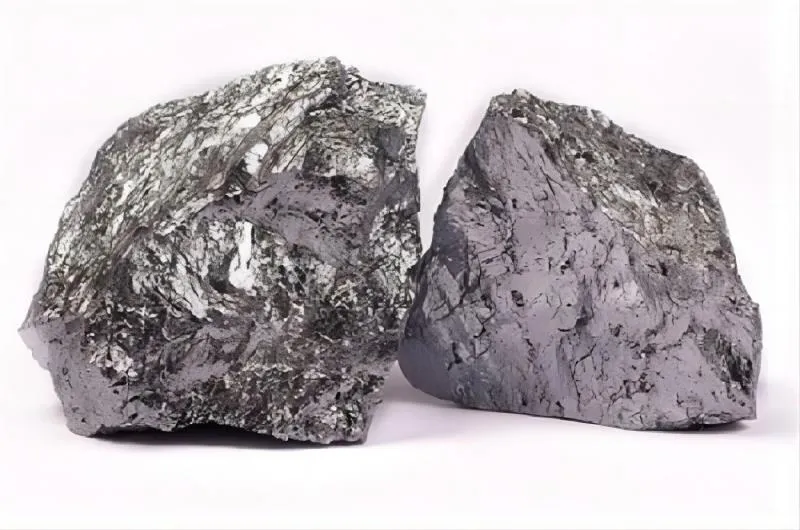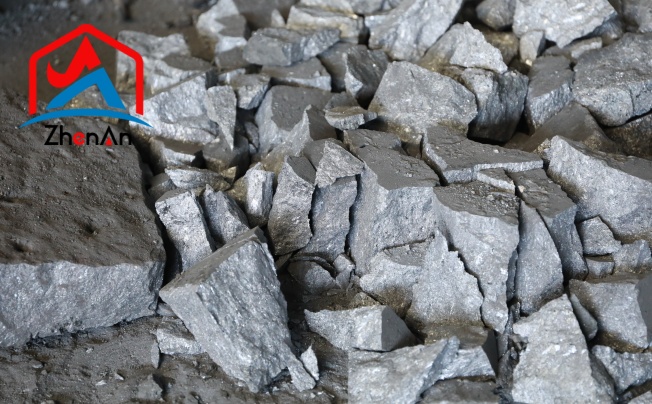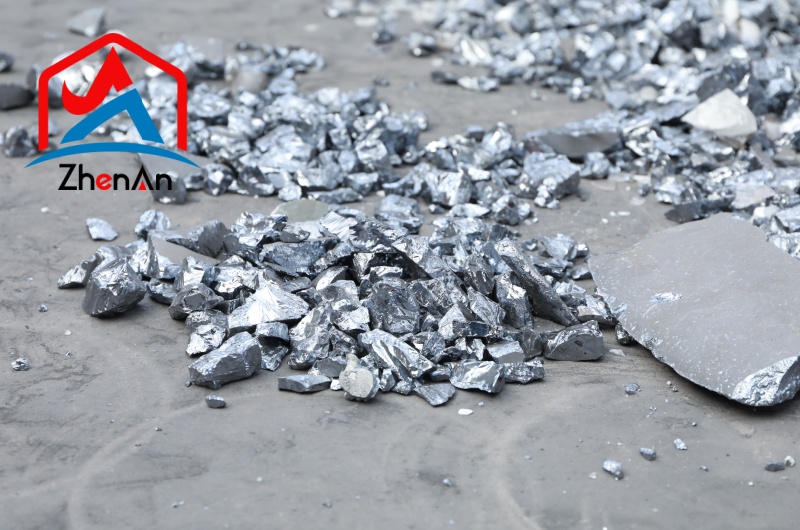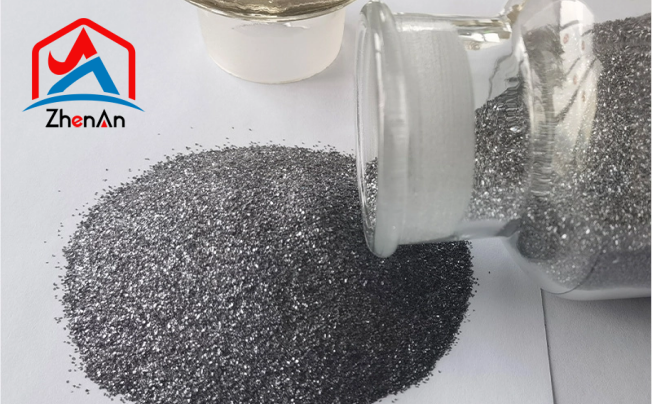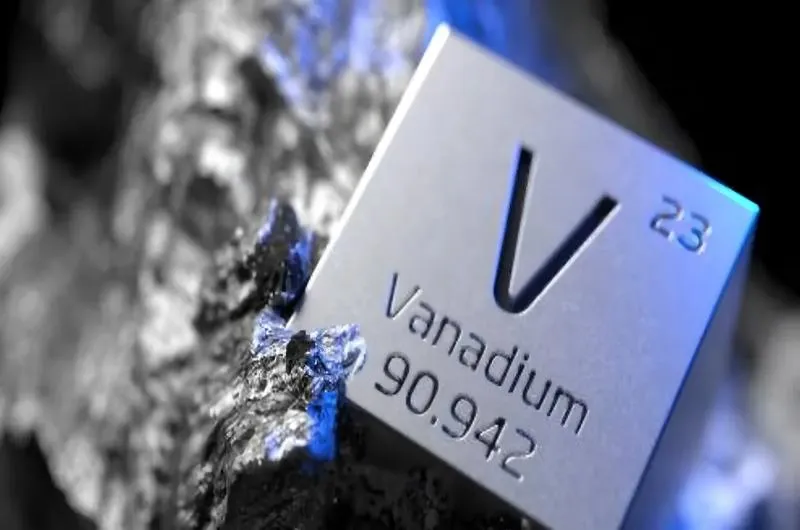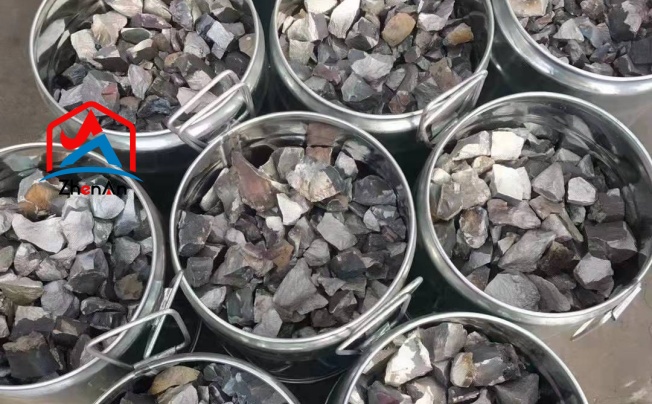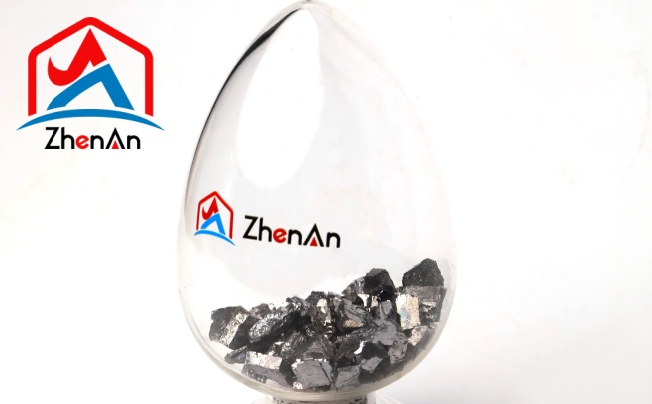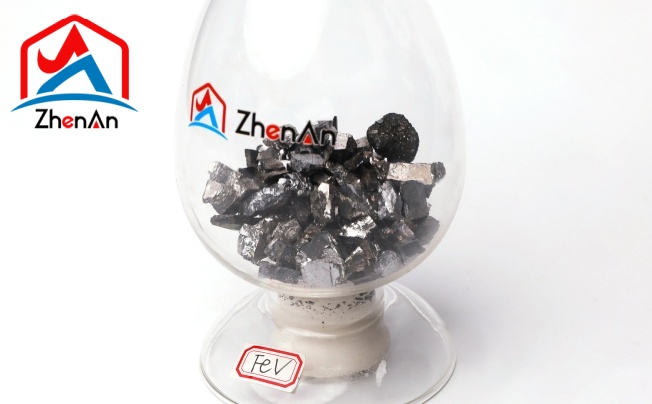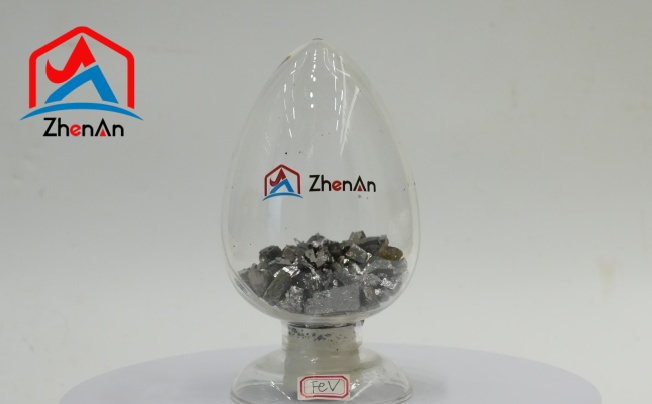BY  GENN
GENN
2024/06
Blog
What Is The Raw Material For Ferro Slicon?
Raw Materials for Ferro Silicon Production
Primary Raw Material: Silica (Silicon Dioxide)
Silica is the primary raw material used in ferrosilicon production, accounting for 70-80% of the total weight. It occurs naturally as quartz, sandstone, or other forms of rock that contain high levels of silicon dioxide. The mining and extraction process typically involves blasting rocks to break them into smaller pieces, which are then transported to processing plants.
At the processing plant, the rocks undergo various stages of crushing, grinding, washing, and drying to remove impurities and prepare them for further purification. The purified silica is then heated with carbonaceous material in an electric arc furnace to produce ferrosilicon.
Sources of Silica (Quartz, Sandstone, etc.)
The most common sources of silica are quartz and sandstone deposits found deep beneath the earth’s surface or near coastlines. Other sources include chert (a sedimentary rock), diatomaceous earth (composed of fossilized diatoms), and volcanic ash.
Each source has unique characteristics that affect its suitability for use in ferro-silicon production. For example, sand that contains high levels of impurities like iron oxide or alumina may require additional purification steps to obtain high-quality silica suitable for ferrosilicon production.
Mining and Extraction Process
Silica mining typically involves drilling boreholes into rock formations containing silica deposits deep beneath the earth’s surface. Explosives are then used to break up the rock into smaller pieces that can be transported to processing plants for further refining. At processing plants, various physical separation techniques such as gravity separation or magnetic separation may be employed to separate silica from other minerals present in the rock matrix before further purification steps can take place.
Secondary Raw Material: Carbonaceous Material
Carbonaceous material serves as a reducing agent during ferrosilicon production by reacting with oxygen present in silica at high temperatures produced during smelting inside a furnace. Two types of carbonaceous materials commonly used are coal-based carbon materials having a fixed carbon content ranging between 55-75%, while coke is a type derived from heating coal without air containing fixed carbon content close to 90%. The role played by carbonaceous material during smelting operation includes providing heat energy required by chemical reactions leading to reduction; it also contributes carbons essential for forming new bonds inside individual elements forming part of Ferrosilicon alloy structure.
Sourcing & Processing Of Carbonaceous Materials
Coal-based carbons sourced from mines require several processes including crushing/grinding into small particles followed by drying before they can be added during smelting operations. Coke derived from heating coal without air requires less time-consuming preparation since it’s already compacted into large blocks making transportation easier. Some modern electric furnaces may require specific sizes & types depending on their design specifications necessitating more input parameters during sourcing than older models.
Chemical Composition and Properties of Silica
Silica, also known as silicon dioxide (SiO2), is a crucial raw material in the production of ferro silicon due to its high silicon content. Silica is an abundant mineral found in various forms such as quartz, sand, and rock crystals.
Its chemical composition consists of one atom of silicon bonded to two atoms of oxygen, forming a tetrahedral structure. This unique molecular arrangement gives silica its characteristic hardness and resistance to high temperatures, making it ideal for use in metallurgical processes like ferrosilicon production.
In addition to its chemical composition, silica possesses several important properties that make it well-suited for the manufacturing of ferrosilicon. Silica is highly refractory, meaning it can withstand extreme heat without melting or deforming.
This property is essential during the smelting process when silica acts as a flux to facilitate the reduction of metal oxides. Furthermore, silica has low thermal expansion and excellent thermal shock resistance, ensuring stability and durability in high-temperature environments like furnaces used in ferroalloy production.
Purification and Preparation Methods for Silica
The purity of silica is paramount in the production of high-quality ferrosilicon alloys. To ensure optimal performance and consistency in the final product, raw silica undergoes rigorous purification processes before being used in smelting operations. One common method for purifying silica is through acid leaching, where impurities such as iron oxide, aluminum oxide, and other trace elements are dissolved using strong acids like hydrochloric acid or sulfuric acid.
This step helps enhance the silicon content and reduce contaminants that could compromise the alloy’s integrity. After purification, the prepared silica must be finely ground into a uniform powder to facilitate its integration into the ferrosilicon production process.
Grinding not only increases the surface area available for chemical reactions but also ensures homogeneity within the mixture to promote consistent alloy composition throughout the batch. Various milling techniques such as ball milling or jet milling are employed to achieve the desired particle size distribution required for efficient smelting operations.
In-depth Exploration of Carbonaceous Materials
Types of carbonaceous materials used in ferrosilicon production
In the production of ferrosilicon, two primary types of carbonaceous materials are utilized: coal and coke. Coal is a naturally occurring combustible sedimentary rock, while coke is a derivative obtained from the destructive distillation of coal.
Both these carbon sources provide the necessary reducing agents to facilitate the chemical reactions involved in ferrosilicon production. The choice between coal and coke depends on factors such as availability, cost, and desired quality of the final product.
Coal vs coke: differences, advantages, and disadvantages
The utilization of coal presents certain advantages owing to its widespread availability and relatively lower cost compared to coke. However, it contains impurities that can affect the quality of ferrosilicon produced.
On the other hand, coke is more purified and provides a more reliable source of carbon for the chemical reduction process. It also generates higher temperatures during combustion due to its porous structure, which aids in achieving efficient reduction reactions.
Processing stages for carbonaceous materials
The processing stages for both coal and coke involve several steps to prepare them for use in ferrosilicon production. Initially, raw coal undergoes crushing and screening to remove impurities such as rocks and minerals.
Subsequently, it may undergo washing processes to further eliminate unwanted substances before being subjected to carbonization – a thermal decomposition process that converts it into coke. Meanwhile, pre-processed coke may require sizing or blending based on specific requirements before being introduced into the reduction furnace alongside silica to yield ferrosilicon.




